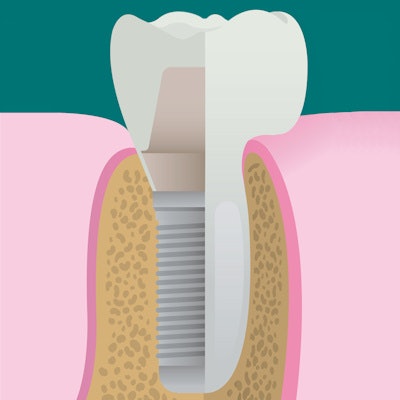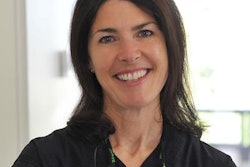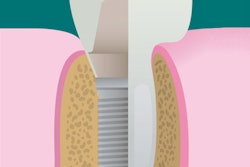
We've spent thousands of dollars and countless hours on hotels, travel, and education. We've spent thousands more on equipment and instruments. We are fully invested and committed to implant dentistry.
Yet we all experience that first time -- the day of reckoning.
 Judd F. Boehme, DDS.
Judd F. Boehme, DDS.We painlessly and atraumatically extract the upper second premolar. We place the implant according to all of the proper protocols with a nice 25 Ncm of torque. As we closed the suture, we think to ourselves that it's quite possible that there has never been a finer implant placement in the history of dental implant placement.
We sit the patient up and tell them how flawlessly the procedure has been done and that we are entirely confident that the implant will integrate properly. We then turn to give our staff high fives and hear, "Where's my tooth?"
All too often we forget what the patient is looking for. Right when we think that everyone is on the same page, we realize we forgot to stop and make sure that everyone was reading from the same book. Thankfully, the following three simple steps will help increase implant case acceptance and patient satisfaction.
1. Educate patients
Increase patient awareness of implant-based options. You can simply talk with your patients about implants. However, making judgments about whether a patient can afford them is counterproductive.
It's helpful to train your entire team in understanding implants. Everyone you employ should be able to consistently provide at least three reasons why an implant is a better option than a bridge.
Your hygienists have a captive audience. Ensure they are confident and knowledgeable about implants and can start the conversation when they see patients with missing teeth. Having a staff that increases your patients' understanding of implants will help set your practice apart.
Also incorporate pictures and models around the office so that bringing up the topic is easy for both the patient and the team. Short one- to two-minute videos on various aspects of implant dentistry are available from a variety of sources.
To reach potential new patients outside the dental office, use social media, websites, pay-per click, seminars, advertorials, or charity events. The point is, be proactive about implant conversations.
2. Designate an implant coordinator
Having a single point of contact simplifies patient communication and satisfaction. While the implant treatment coordinator orchestrates each step, the entire staff works toward providing a cohesive treatment experience from the first phone call through treatment and onto continuing care.
Patients will better understand the process and time frames, helping avoid situations like the one described above. If your implant patients are having a well-honed implant experience with a single point of contact, they are more likely to refer new patients to your practice.
3. Prepare for often overlooked components
It's common to feel that if you have the skills to perform a task, patients should somehow automatically accept it. Nothing could be further from the truth. The following are some often overlooked elements that you should have in place for maximum case acceptance.
- Develop a plan for the patient's journey at the office. This should include phone calls, patient arrival, office tour, consultation, financial arrangements, treatment, postoperative care, and continuing care.
- Keep 30 or more implants on hand at the office. If you have implants in your office, you will place more implants. An inventory is a must if you hope to do immediate placement.
- Set an all-inclusive price. Implant costs can be confusing. There are so many different parts and possible surgeries. A confused mind says, "no." Patients want a tooth, not an implant. Make it simple.
- Whenever possible, try to provisionalize the implant. Patients expect to return home on the day of surgery with a tooth. Learn the protocols for immediate placement and immediate provisionalization. Shortening the time to teeth can be a key in differentiating your practice.
Success in implant dentistry takes time and intentional effort. By implementing these three steps, you can maximize your implant practice and ensure that patients remain satisfied throughout the process.
Judd F. Boehme, DDS, is the owner dentist at Lemmon Valley Dental Group, a practice in Reno, NV, supported by Pacific Dental Services. Dr. Boehme is also a member of the surgical faculty at the California Implant Institute in San Diego.
The comments and observations expressed herein do not necessarily reflect the opinions of DrBicuspid.com, nor should they be construed as an endorsement or admonishment of any particular idea, vendor, or organization.



















